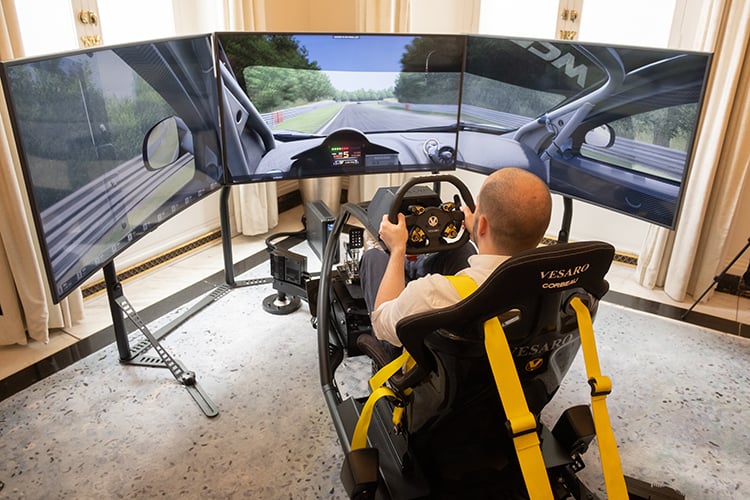
Sim racing offers an exciting opportunity to experience motorsport from the comfort of your own home. Whether you want to compete online, improve your driving skills, or just enjoy the thrill of racing, there are a few essentials you need to know. With so many options for hardware and software, it can be tough to figure out where to start.
Some communities even offer courses designed to help you improve in sim racing. These resources are excellent for refining your skills, learning advanced techniques, and understanding the intricacies of the virtual racing world. Taking the time to engage with others can really boost your learning curve.
Here is a straightforward checklist to guide you through the basics of getting started.
1. Choose the Right Hardware
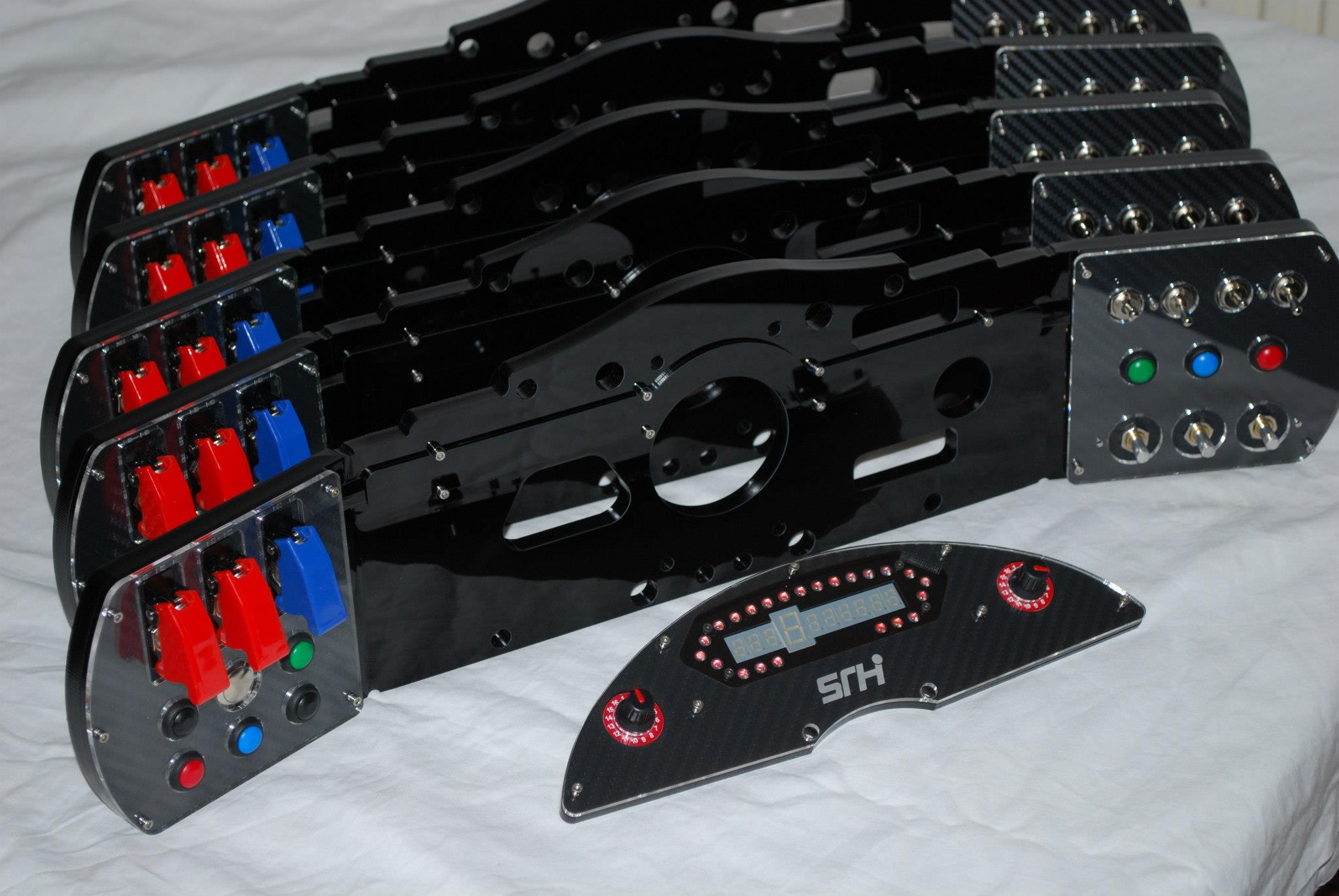
The first thing you will need is the right equipment. There are various levels of commitment when it comes to hardware, but at the very least, you will need a good setup. The quality of your hardware will affect how smooth and enjoyable your racing experience is.
Wheel and Pedals
For serious racing, a wheel and pedal set is essential. Using a standard game controller or keyboard is technically possible but won’t give you the control you need.
Entry-level wheels like the Logitech G29 or Thrustmaster T150 provide a great balance between cost and performance.
These models offer force feedback, which means they simulate the feeling of the road and car movements.
This feedback will allow you to feel more connected with the car. As you improve, you might want to invest in higher-end wheels, such as the Fanatec CSL Elite or the Simucube.
Shifter and Handbrake
If you are driving cars with manual transmissions, a shifter will add realism and precision. However, this can be optional for beginners. Many drivers use paddle shifters on their wheel, which are easier to get used to. A handbrake is more specialized equipment, typically used in rally racing or drifting.
2. Find the Right Software
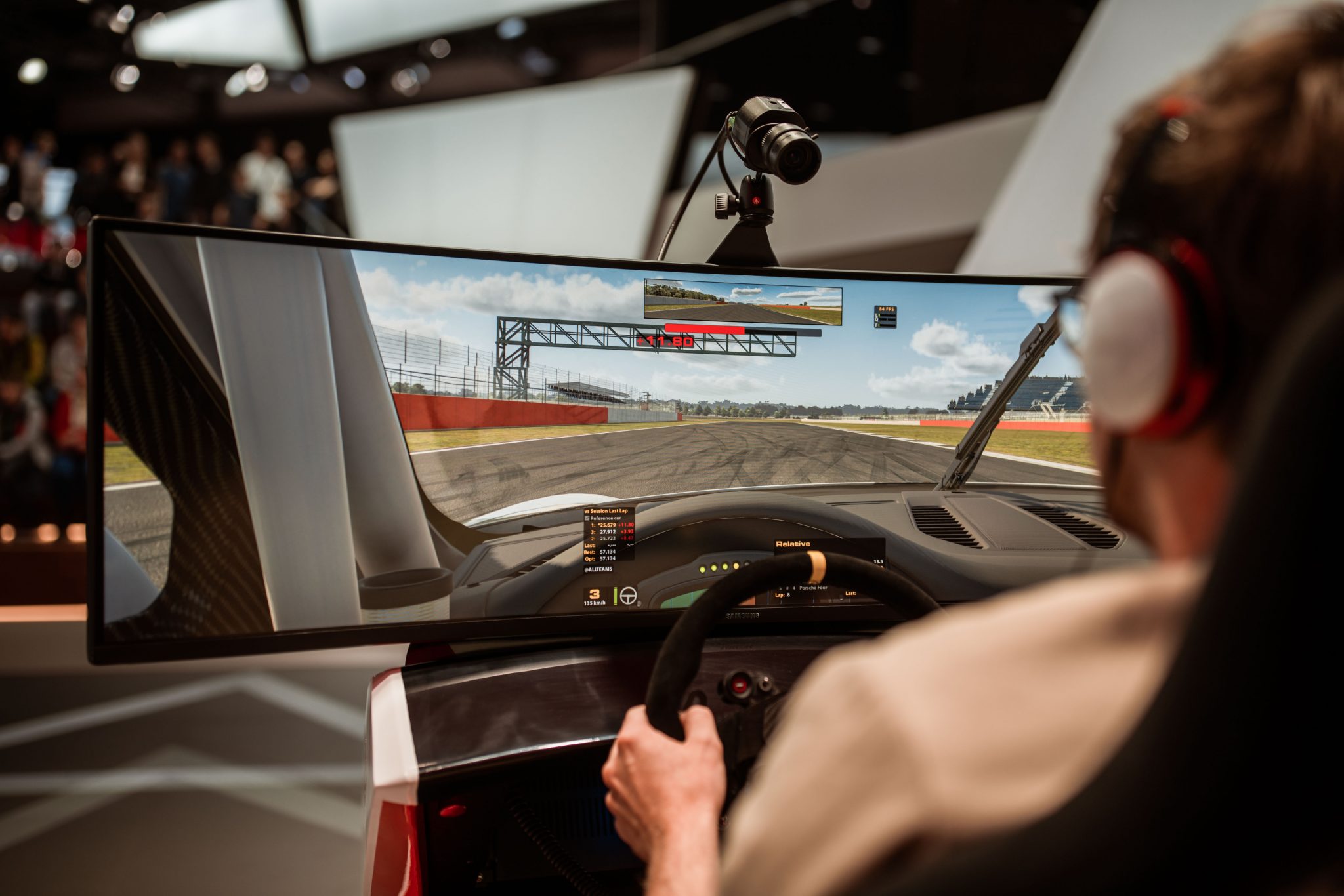
Once your hardware is set up, you need to choose the right racing software. There are many options on the market, each offering a slightly different experience. Some are more focused on arcade-style driving, while others focus on realism.
iRacing
iRacing is a popular choice for serious drivers. It offers a subscription-based model that focuses on realism and competitive multiplayer events. It is one of the best platforms for learning race craft and competing with others. The downside is the price, as both the subscription and additional content can be expensive.
Assetto Corsa
Assetto Corsa is known for its realism and modding community. If you are looking for a more customizable experience, this might be a great option. The base game offers a variety of cars and tracks, and the ability to add mods extends its longevity.
Automobilista 2 and rFactor 2
These are great alternatives for those who want to try different cars and tracks. Both offer a wide variety of vehicles, including open-wheel cars and endurance prototypes. They are also known for their accurate physics and realistic handling.
3. Monitor and Graphics Settings
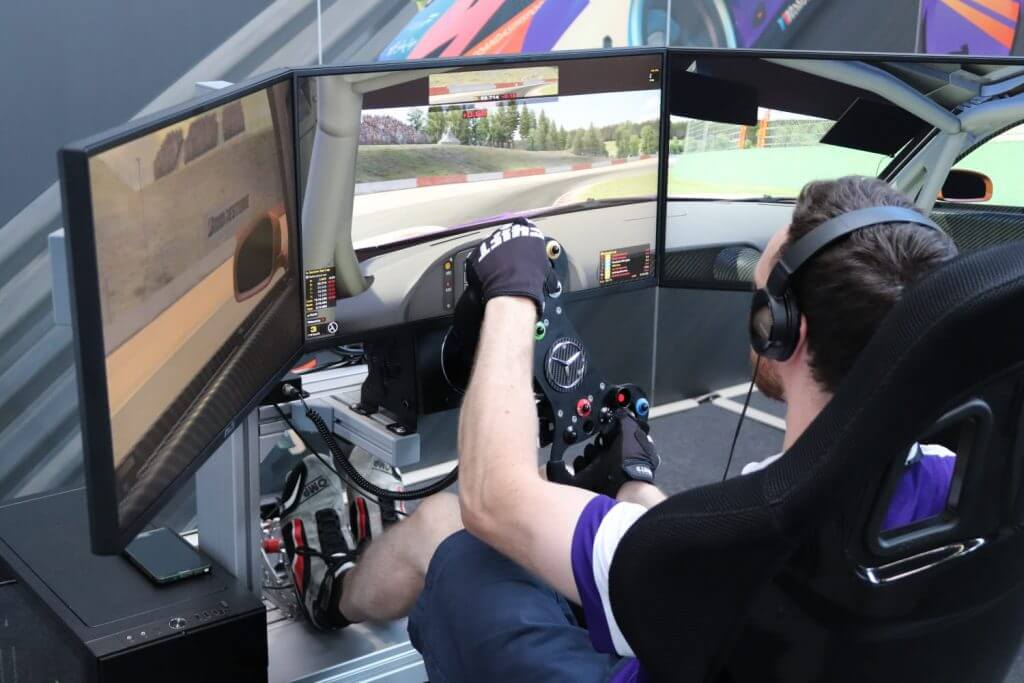
To get the most out of your racing experience, a good monitor and proper graphics settings are crucial. Frame rates and display quality have a significant impact on performance.
Refresh Rate and Frame Rate
Aim for a high refresh rate monitor (120Hz or higher) to make your races smooth. The frame rate of your game should match or exceed the refresh rate of your monitor. Lower frame rates can cause input lag, making it harder to control your car.
Field of View (FOV)
Adjusting the field of view (FOV) is important for accuracy. A correct FOV will give you the proper perspective of the track and your car. Use online FOV calculators, which are often based on your monitor size and distance from the screen, to get an optimal setting.
4. Set a Comfortable Environment
You’ll be spending a lot of time practicing, so make sure your environment is comfortable.
Seat or Rig
If you want to take things up a notch, consider getting a racing seat or a full racing rig. These rigs allow you to mount your wheel, pedals, and shifter in the correct positions, giving you a more immersive feel. It also reduces the strain on your body. If you’re on a budget, a sturdy desk and chair can work just fine for starting out.
Footwear
You’ll want footwear that gives you control without discomfort. Many drivers prefer using socks for better pedal feel, while others opt for thin-soled shoes. The key is to make sure your feet are comfortable while still being able to feel the pedals clearly.
5. Learn the Basics of Racing
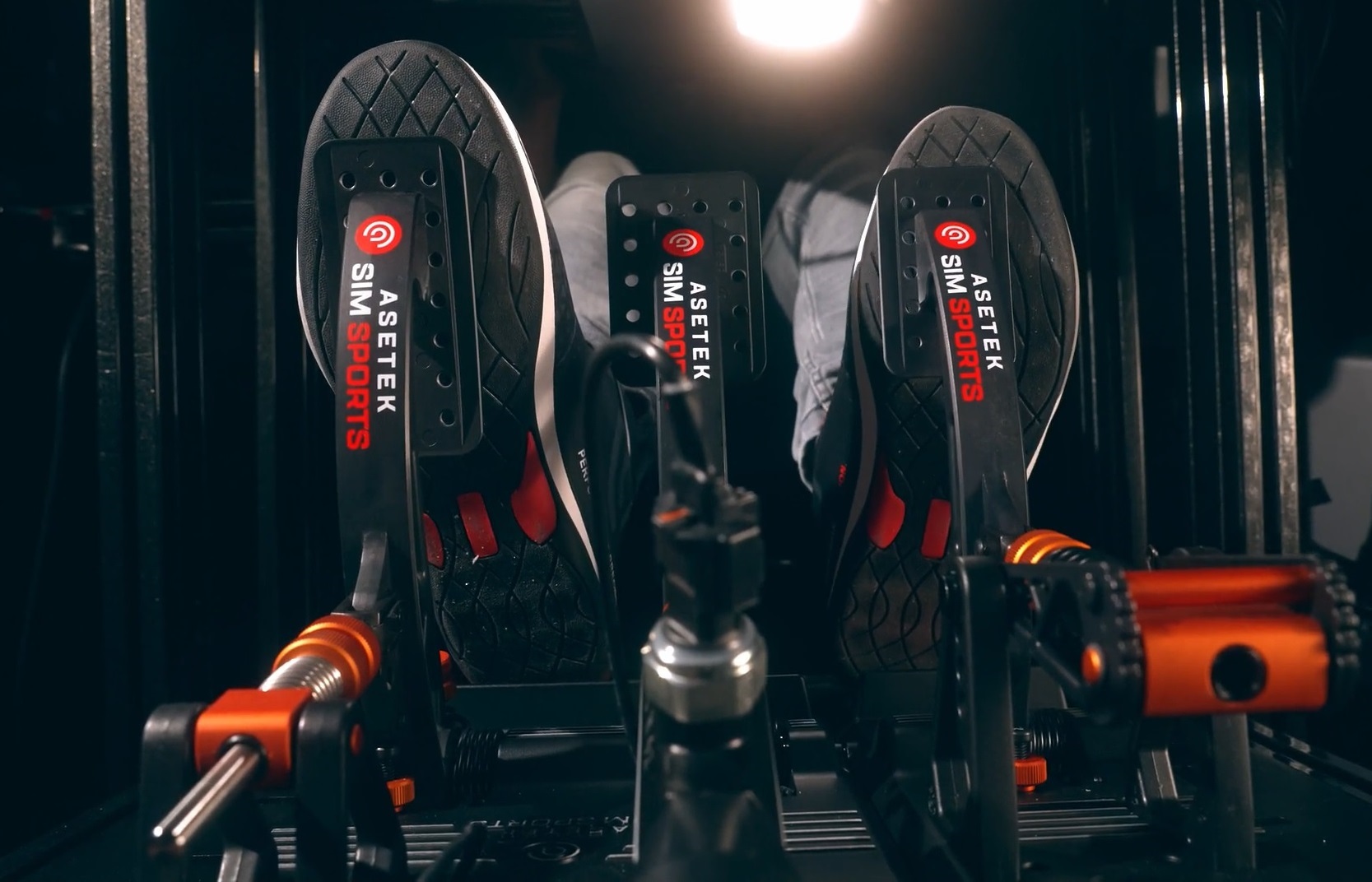
Before diving into competition, it’s important to know some basics about driving. Start with slower, easier-to-handle cars before moving on to high-performance vehicles. Faster cars are more challenging, so building a strong foundation is key.
Braking
Braking is one of the most important aspects of driving. Focus on learning how to brake smoothly and consistently. Slamming on the brakes will cause your car to lose control, while gentle braking gives you more control over cornering. Learning how to modulate the brakes is essential to improving your racing.
Throttle Control
Managing the throttle is crucial when exiting corners. Pressing the throttle too hard can cause your car to lose grip and spin out. Instead, try gradually applying the throttle as you exit the corner. This will help maintain control and improve your lap times.
Racing Line
A good racing line is the fastest way around the track. Focus on braking before corners, taking wide entries, and clipping the apex to get a good exit speed. Practicing the racing line will make a big difference in your performance.
6. Join a Community
Joining a community can accelerate your progress and make the experience more enjoyable. Many online communities offer advice, tutorials, and organized events for beginners and advanced drivers alike.
Look for forums and groups dedicated to the platform you’re using. Communities often have helpful guides on everything from setting up your hardware to learning how to improve your driving. You can also find beginner-friendly leagues, which are a great way to get involved in multiplayer racing.
7. Practice Makes Perfect
No matter how good your hardware is or how advanced your racing setup is, practice is the key to improving. Make a routine of practicing regularly and pushing yourself to learn more. Start slow, and don’t be afraid to fail. With time and patience, your skills will improve.
One of the best ways to practice is by doing time trials. This allows you to focus on learning the track without worrying about other drivers. Once you are comfortable with the track and your car, you can start racing against the AI or other players.
8. Stay Patient and Have Fun
Lastly, keep in mind that getting started with sim racing takes time and patience. You will face challenges, but that’s all part of the learning process.
Stick with it, stay positive, and most importantly, have fun. It’s not all about winning — it’s about enjoying the experience and becoming a better driver over time.
By following this checklist, you’ll be well on your way to a more enjoyable and successful experience. Now, it’s time to get on the track and start building your skills!

